Top Surgeries in University Hospital in Motol: 1st Sacral Neuromodulation Surgery
Written by Czech Hospital Placements on Friday, July 14, 2017
CHP Program, Surgery, Neurostimulator, University Hospital in Motol, Neuromodulation

CHP Program's partner - University Hospital in Motol - is a top-notch healthcare facility where amazing surgeries are done every day. Neurostimulator Implantation is a new technique helping patients with bladder control problems. Healthcare professionals from the University Hospital in Motol had performed this operation for the first time in the Czech Republic on a forty-one years old patient suffering from an overactive bladder.
Retention or overactive bladder problems are becoming more and more common among patients. In the past, doctors treated bladder issues with a wide range of pharmacotherapy and physical exercises. Nevertheless, the problem of these methods is a lower efficiency of physical therapy and the side-effects of medication. That is where the Sacral Neuromodulation device comes in.
The Urologists at University Hospital in Motol have performed the first Sacral Neuromodulation device insertion in the Czech Republic. The device used in this specific case was an InterStim® II Therapy sacral nerve stimulation device, made by Medtronic.
The procedure itself has two stages – Evaluation Phase when a thin temporary wire is inserted near a tailbone close to the sacral nerves in the lower back. The wire is connected to a discreet device worn on a belt that will record patient’s toiletry habits. After two weeks the wire is retracted and if the urologist deemed it necessary, the team will prepare the patient for the implant phase.
The implant phase takes about an hour and constitutes of implanting a thin wire near your sacral nerves and a neurostimulator - a device similar to a pacemaker - smaller than a palm of a hand. The device is inserted in the lower back and connected to the wire. Then, a physician in charge of the devices’ software will test the responses and in case the device works fine, the operation is finished. The device helps the nerve system to sort out various information to and from the pelvic area, such as the sensation of the full bladder.
1. Location
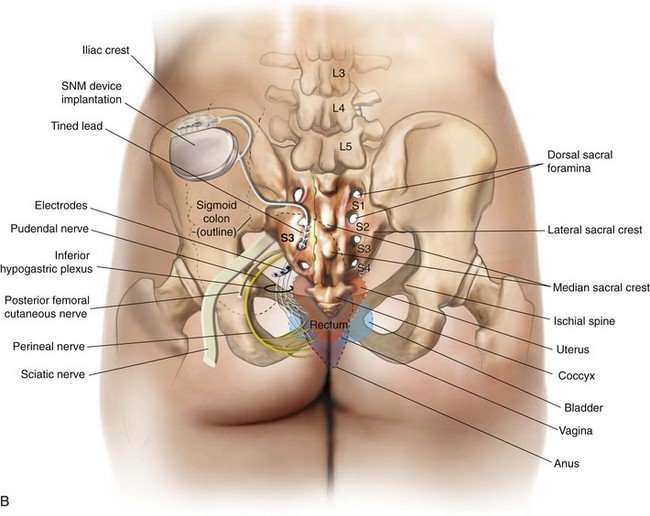
The area of the lower back, also called Sacral Area, that harbors nerves for most of the pelvic region.
Source: https://abdominalkey.com/sacral-neuromodulation/
2. Preparation
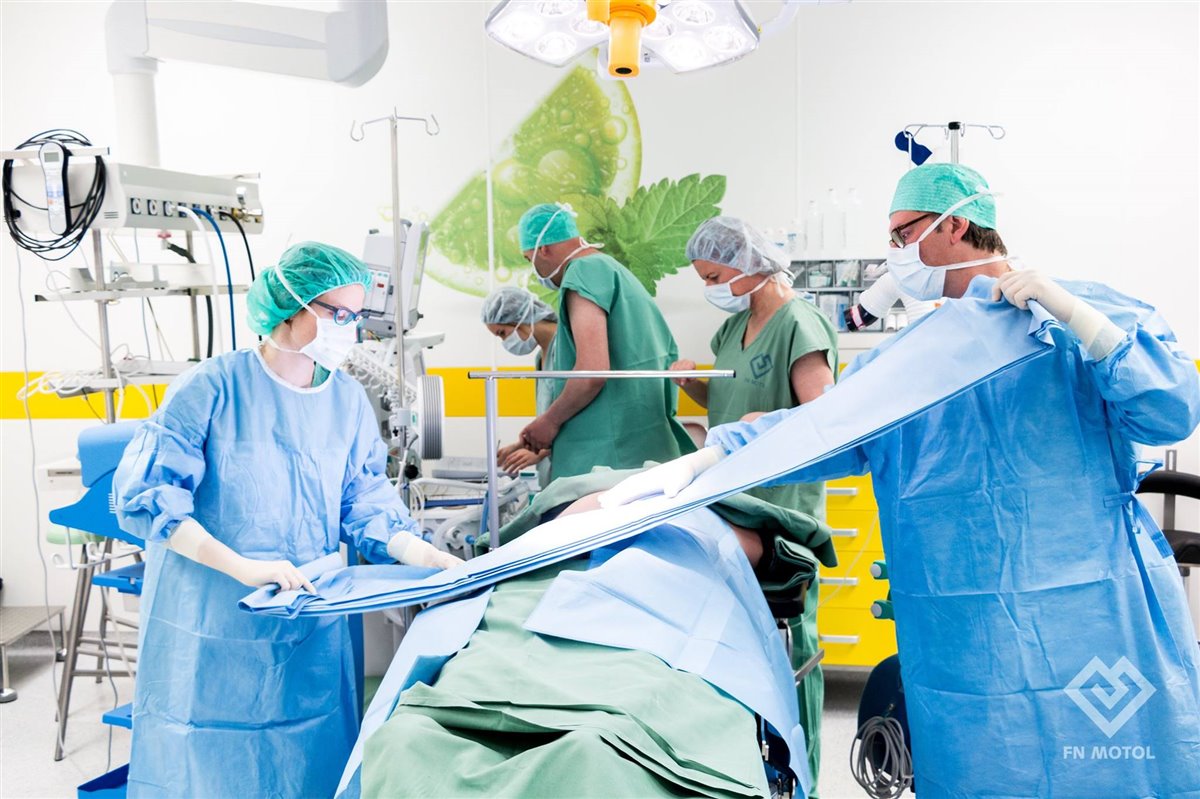
The doctors are preparing the patient for the operation in her lower back.

3. First Incision

Surgeons are making the first cuts and checking the location with a probe.
4. Implantation of the Wiring

The surgeon is entering a thin wire that will be the situated at the sacral nerve area and will be absorbing and giving electrical impulses.
5. Deeper Insertion
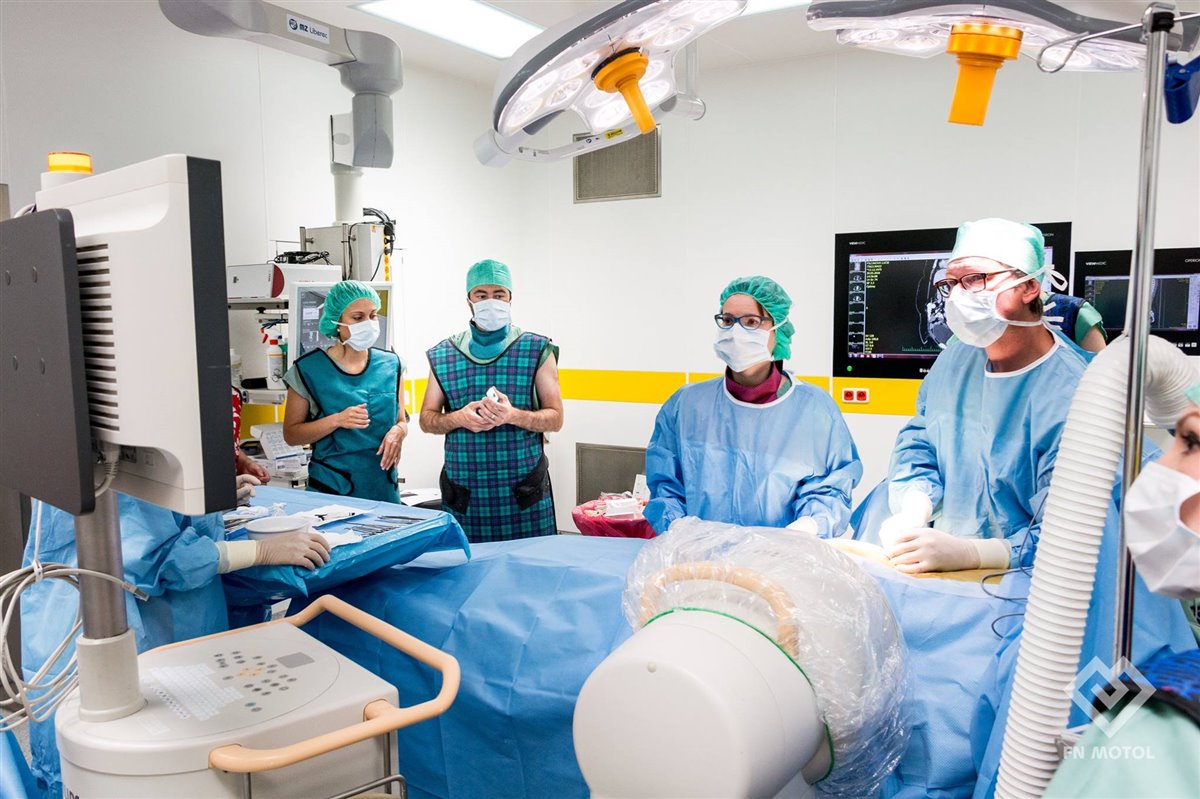
Surgeons are slowly inserting more and more of the wire to make sure it lands in the right place.
6. Testing, Testing!
The Surgeons are testing if the wire works by putting an electrode to the wire and observing the patient.
Usually, the patient will kick his feet or move them in some way.
7. Final Placement of the Wire

The surgeons are finishing the placement of on part of the wire on the sacral nerve...
8. Connecting the Device
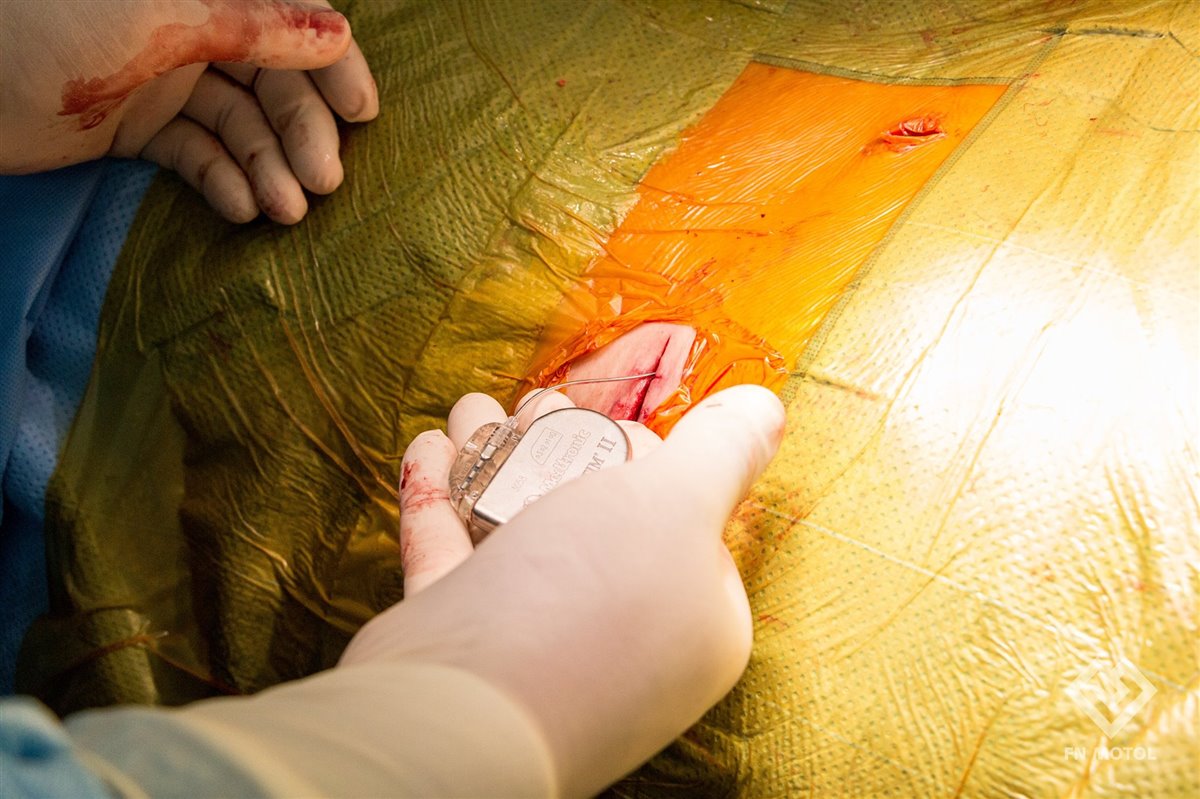
...while the other part is connected to the Neurostimulator.
9. Testing, Testing... again!
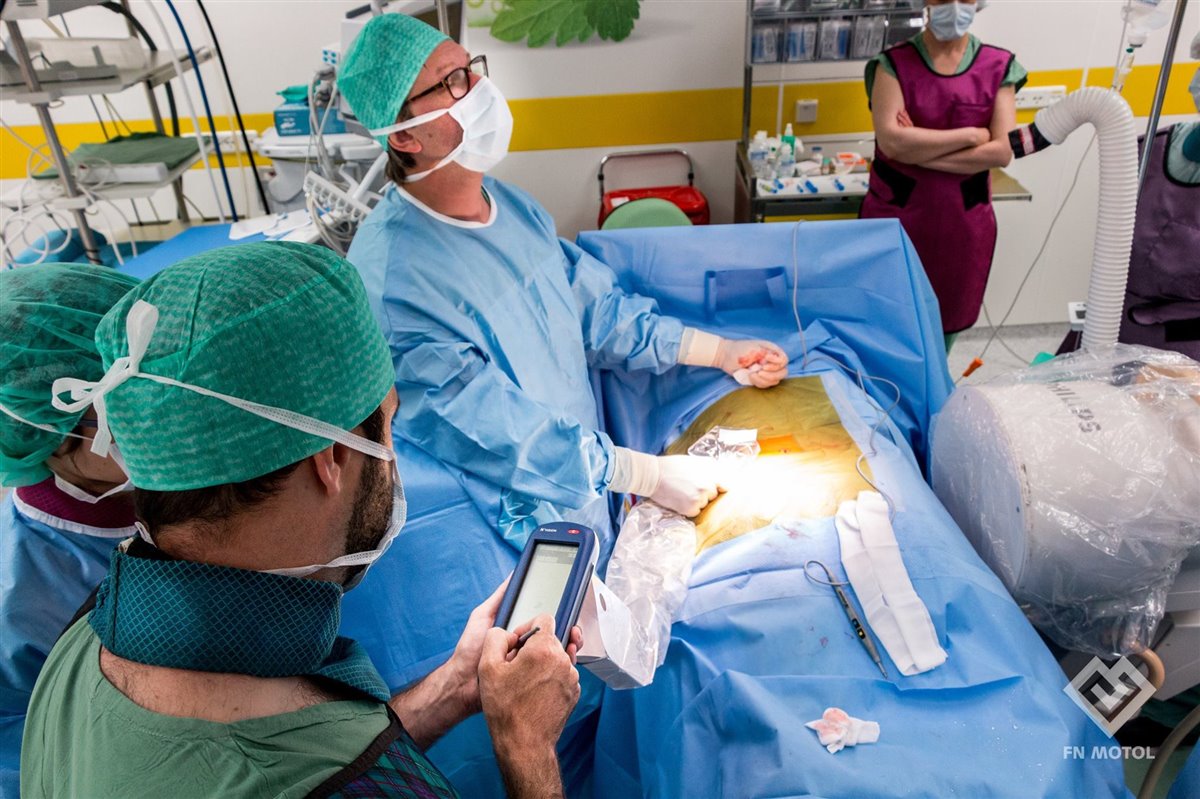
A physician with a software pad makes sure the Neurostimulator device responds as programmed.
In a case of any malfunction, the device would be removed immediately and the surgery scrapped.
10. The final look
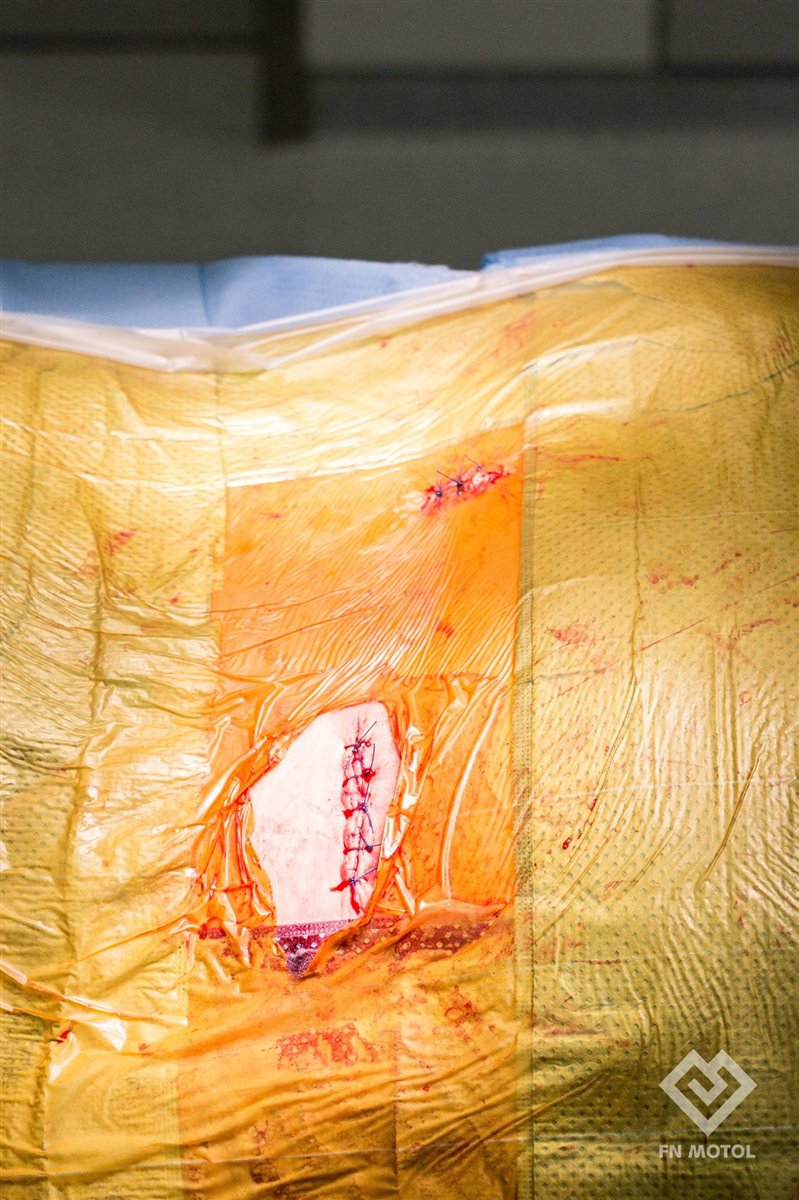
Then the surgeons sow the incisions.
On the top is the incision for the wire and on the bottom one for the device.
11. And a big smile

Forty-one-year-old patient Lucie can live a normal life again.
Congrats!












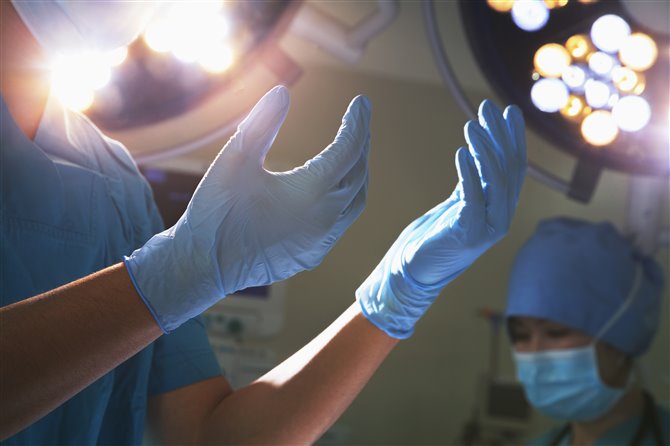



Categories
Behind the Scenes of the University Hospital in Motol
Being a Healthcare Student
Best Adventures While Travelling
Discover the Medical Specialties
Inspiration: Practical Experience of Healthcare Professionals
Obsolete vs. Visionary
The Better Health Care Professional Podcast
Tips and Tricks for Your Successful Career
Top News in Healthcare
Travels in COVID-era